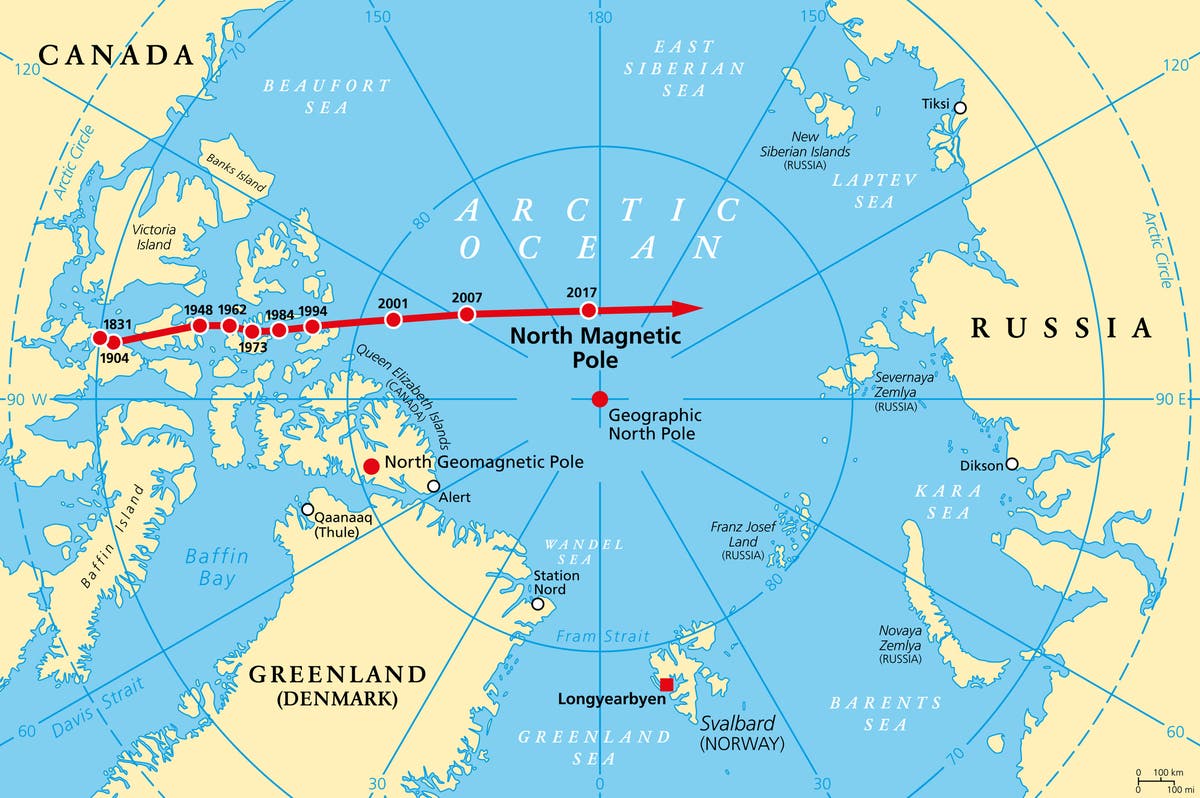Coca-Cola's AI-Powered Festive Makeover: A Holiday Campaign Reimagined

Coca-Cola's highly anticipated holiday campaign has arrived, featuring a cutting-edge, AI-driven reboot of its classic "Holidays Are Coming" advertisement. This year's global campaign, encompassing the iconic Christmas Truck Tour, the return of "The World Needs More Santas," and a novel digital AI experience allowing personalised snow globe creation, marks a significant leap in the brand's use of artificial intelligence.
The campaign builds upon last year's "Create Real Magic" initiative, which incorporated generative AI for digital holiday card creation. However, 2023 sees AI playing a far more central role, reimagining the classic campaign for a modern audience. Silverside AI, an innovation lab within Pereira O'Dell, spearheaded the project, utilising AI to create a fresh, personalised take on the beloved advertisement while retaining its nostalgic charm.
PJ Pereira, co-founder and partner at Silverside AI and co-creative chairman at Pereira OâDell, and Rob Wrubel, co-founder and managing partner at Silverside AI, provided insights into the creative process. The project involved a "modern interpretation" of the iconic Coca-Cola Christmas truck, a key symbol of the festive season since its 1995 debut.
Silverside AI leveraged various generative AI platforms, including Stable Diffusion, Pactto, DALL-E, ChatGPT, and their proprietary tool, Director Magic. Pereira described the process as more akin to "software development" than traditional filmmaking. This approach dramatically accelerated the production timeline; a rough draft of the advertisement was completed within just three days of the initial client meeting, a testament to AI's efficiency.
Wrubel highlighted the transformative impact of real-time visualisations, stating that "the moment you have a process where creatives can immediately see ideas come to life in real time, it transforms the creative process altogether. It's a revolutionary thing." Furthermore, the enhanced collaborative workflow enabled near-daily updates and feedback exchange with Coca-Cola, significantly streamlining the process compared to the traditional bi-weekly cycle.
However, the integration of AI wasn't without its challenges. A late request from Coca-Cola to produce customised versions for diverse global markets initially seemed insurmountable. Yet, the team successfully delivered 110 variations, including 27 localised versions featuring city-specific skylines. This rapid adaptation demonstrates the flexibility afforded by AI.
The rapid evolution of AI technology presented another hurdle. New tools emerged throughout the project's duration, from its commencement in June to its November launch. Pereira acknowledged that AI doesn't offer the same level of post-production precision and control as traditional methods, necessitating manual adjustments to ensure alignment with Coca-Cola's branding. Animators meticulously refined the ad to match the brand's colour palette, logo, and the distinctive appearance of the trucks.
Despite these challenges, Pereira lauded AI's capacity to streamline project management, freeing up creative talent to focus on core concepts: "When technology with the power of AI steps into the process, creativity becomes way more important than project management." He further highlighted AI's potential to revitalise the industry, enabling the realisation of ambitious ideas previously constrained by budgetary limitations.
Wrubel concluded by expressing optimism about AI's future role in advertising: "The quality and ability for creatives to generate breakthrough creativity is only going to get better. This is a journey, and the only way to move on the journey is to use the tools and make things." Coca-Cola's AI-powered campaign serves as a powerful illustration of AI's transformative potential within the advertising landscape.





